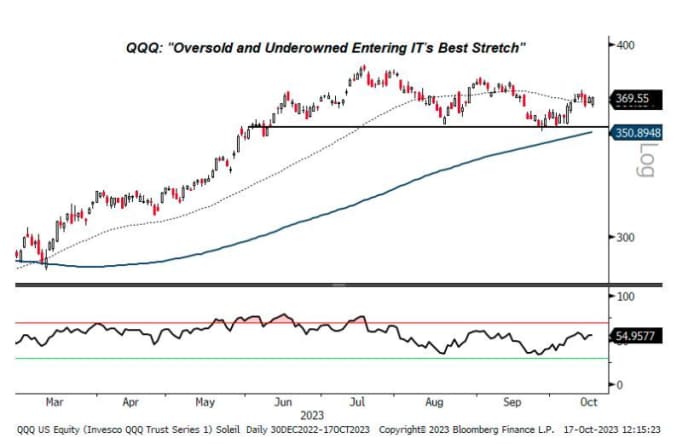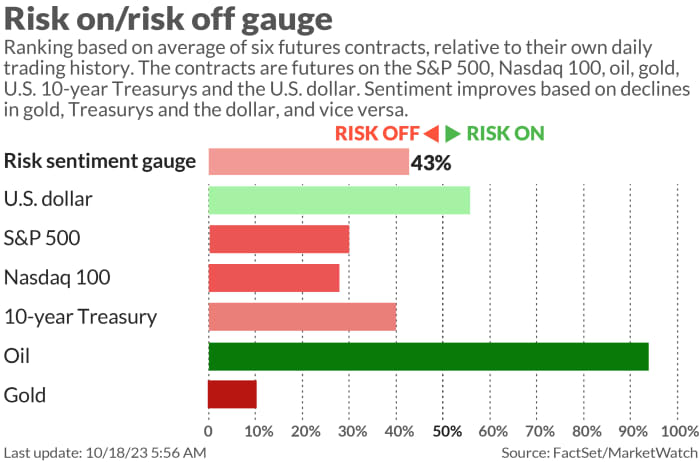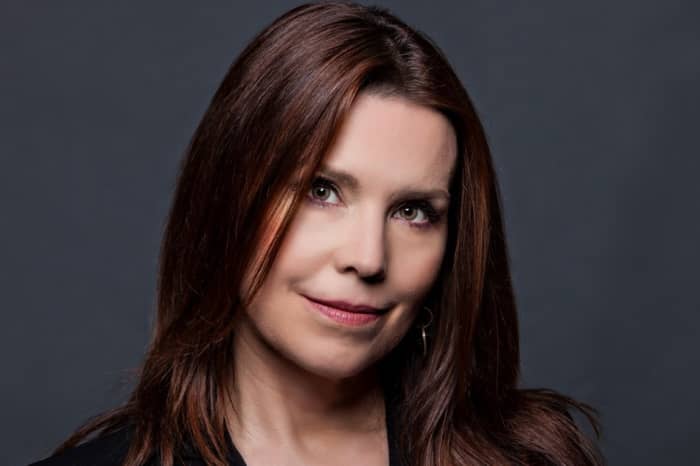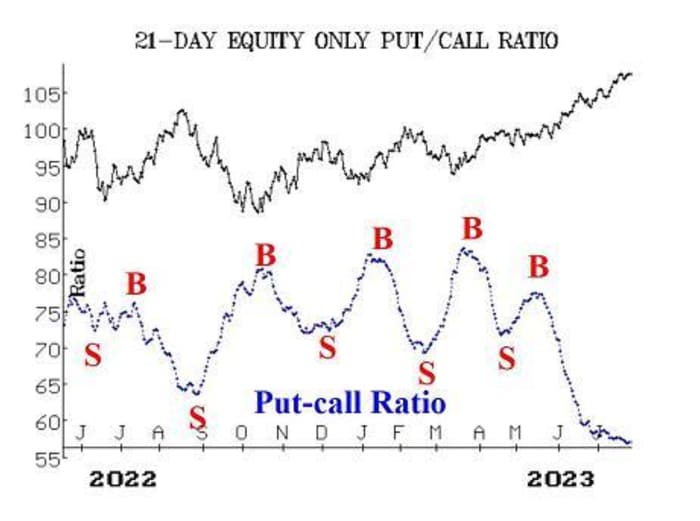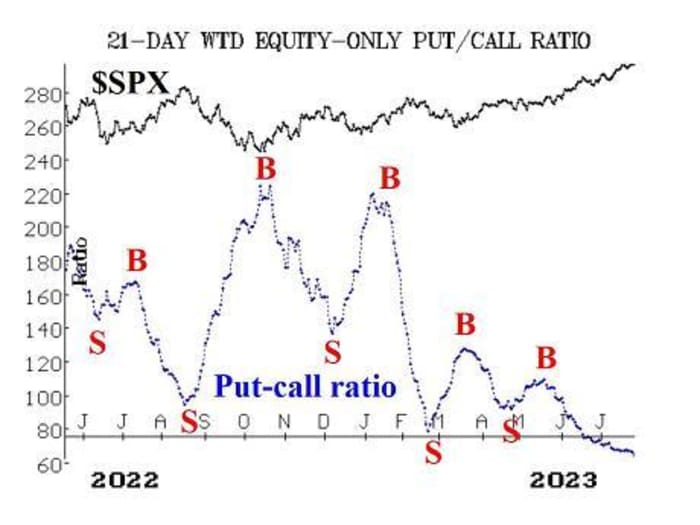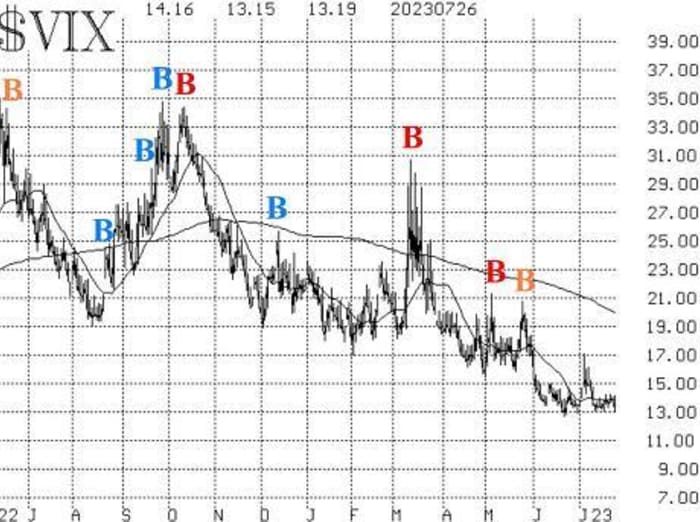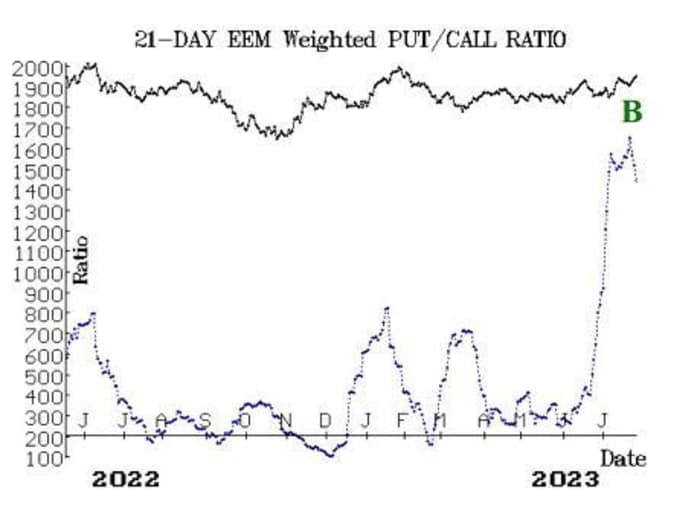I am at my wit’s end and hope someone can recommend ways to help my daughter’s unwillingness to manage her money. When I am gone her chances are slim to none. I am a senior citizen and I’ve had cancer four times in the last three years, so I don’t know how much longer I have.
I already told her I’d leave her a few thousand dollars from my retirement funds, but I know she’ll blow through whatever I give her. I don’t want to leave her my house in my will. Am I being unreasonable? The loan balance is only $28,000 and mortgage payments are very low. One reason: She’ll be even less motivated to manage her finances wisely if she knows she will get it.
I’ve talked to my therapist and he has no solutions. All my daughter’s friends are similarly ill-equipped, and there is no adult that she would heed. My therapist said: “Why should I care?” But I do. Plus, she won’t be able to pay the ongoing taxes, insurance and maintenance because of her free-wheeling spending.
I told her not to spend her modest retirement balance from a previous job. She did and her reason was that she said it was small. I let her use my car, and pay maintenance and insurance. I pay for her phone. She pays no rent and nor does she do many chores. Oftentimes, she is short of money, and I have to give her a loan. She keeps getting credit cards, pays them off, then repeats the cycle.
When I try to talk to her calmly, she argues. I tried to get her to set up a budget. She won’t do it. Earlier she agreed to pay the entire phone bill as her contribution. She simply auto-paid using her credit card. The card went into arrears so I had to make good on that, and resume responsibility.
I try to set up small goals for her, but she’s not receptive. Yet she buys plenty of snacks, cosmetics and goes on vacations. I’ve offered to have us meet an adviser of her choice to tackle these issues, but again she’s not interested. I’ve even suggested I’m going to take a home-equity loan to spend on myself and she’d have to pay it back but again, no response.
I love her very much, but don’t know what to do. My wife sabotaged my efforts in her misguided kindness when our daughter was younger. She no longer does that, but it’s too late.
In short, she’s not willing to manage her money properly. She is in school now, but worked several years full time, and is now working part time. I promised her I’d put money toward her degree, but I’m going to pay it directly to the school.
I have calmly told her of the dire consequences of her actions, but it doesn’t get through to her.
The Father
“You may not realize it, but your daughter, your wife and your good self are all playing a game.”
MarketWatch illustration
Dear Father,
Think twice before disinheriting your daughter. If she is your only child, don’t allow your frustrations to posthumously punish her.
First things first: Take care of yourself. You have had recurring battles with cancer, and that may have taken a toll on your health. Your fears and concerns about your own mortality may be contributing to this laser focus on your daughter’s wellbeing. It could be that you believe you have a shorter period of time to ensure your daughter balances her books, and gets back on the right track, but the truth is that she is operating on her own timetable.
That said, the situation you describe sounds extremely dysfunctional. You are both the enabler and the avenger — paying her phone bill and rent, and threatening to cut her out of your will. What’s more, you and your wife — intentionally or not — are playing good cop/bad cop. This is a “Kramer vs. Kramer” situation where your daughter is able to play her parents off against each other. One rewards, the other chastises.
It seems like your daughter’s cycle of taking out credit cards is mirrored by the cycle of cat-and-mouse you play with her, even if you do it without realizing it. You are all caught inside a long-running saga that is, perhaps, inherited from your own parents. Your daughter will never be who you want her to be. She can only be who she is, make mistakes, learn from them (or not) and hopefully grow and mature over time.
You may not realize it, but your daughter, your wife and your good self are all playing a game. Your daughter rebels, you threaten to disinherit her, and your wife plays peacemaker. You are tough with your daughter, your wife shows her kindness, and your daughter plays you both off against each other. Not all games are fun, but they do form a pattern that is so embedded in the family dynamic that it’s hard to see it from the inside.
The ‘games’ people play
Eric Berne wrote a landmark book in 1964 entitled “Games People Play.” He defined these games as follows: “A game is an ongoing series of complementary ulterior transactions progressing to a well-defined, predictable outcome.” It could be “If It Weren’t For You” (perhaps a common one between unhappy spouses) or “Yes, but” (where one person cajoles another to take action, but the other person always has an excuse for inaction).
Each game has a gimmick and a payoff. I’m not sure what game you’re playing, but it’s repetitive and everybody is getting some kind of reward, even if it is an unhappy one. That is something you will have to figure out. You get to be the leader who knows how the world works, your wife gets to be Switzerland (while surreptitiously fanning the flames) while your daughter gets to defy you and assert her independence, knowing it will provoke you to repeat the cycle.
My point is: You all need family therapy! Not just your daughter. Or you. Or your wife. You need to process this together. Whether or not you leave your daughter your house is, at this point, irrelevant. The threat that you will withhold a large part of your inheritance is the key part. Why would you do that? Would it really solve anything to make your daughter even more financially insecure? Is punishing her more practical and effective than rewarding her?
Elephant in the room
The other elephant in the room is what happens if you predecease your wife. You may wish for your daughter to be disinherited except for a few thousand dollars, but this game of good cop/bad cop and rebellious daughter may continue after you’re gone with your daughter convincing your wife to not act in accordance with your wishes. That may be the final denouement to this “game,” or perhaps a relative or lawyer would take your place.
Your daughter is, I suspect, being infantilized by the constant criticisms and interference in her finances. You don’t trust her enough to make her own decisions, so you interfere and get frustrated by all her bad habits and, as you see them, mistakes. But it also helps prevent her from standing on her own two feet and facing the music when things go wrong. Why? She knows you will step in to show (a) you care and (b) you told her so.
There are financial therapists who can help you analyze your emotional relationship to money and why you make the decisions we do. But it may be that you all have to make decisions that go against your instincts. Stop trying to change your daughter, and stop bailing her out. She may do her utmost to provoke you to lose your cool with her. No more loans. Let her go on vacation. Just don’t be around to pick up the bill.
You could set up a trust with stipulations: when your daughter receives certain amounts of money and how she is allowed to spend it. There is a balance between being too controlling and prescriptive enough to encourage her to make good choices. But ultimately that is out of your hands. As I said at the beginning of my response, I worry that your responses to her are exacerbated by your fears over your own health.
It would be a shame to waste these years sparring with your child when you could put all that aside, and enjoy each other for you are, instead.
More from Quentin Fottrell:
You can email The Moneyist with any financial and ethical questions at [email protected], and follow Quentin Fottrell on X, the platform formerly known as Twitter. The Moneyist regrets he cannot reply to questions individually.
Check out the Moneyist private Facebook group, where we look for answers to life’s thorniest money issues. Readers write to me with all sorts of dilemmas. Post your questions, or weigh in on the latest Moneyist columns.
By emailing your questions to the Moneyist or posting your dilemmas on the Moneyist Facebook group, you agree to have them published anonymously on MarketWatch.
Source link
#dont #leave #financially #irresponsible #daughter #house #unreasonable

